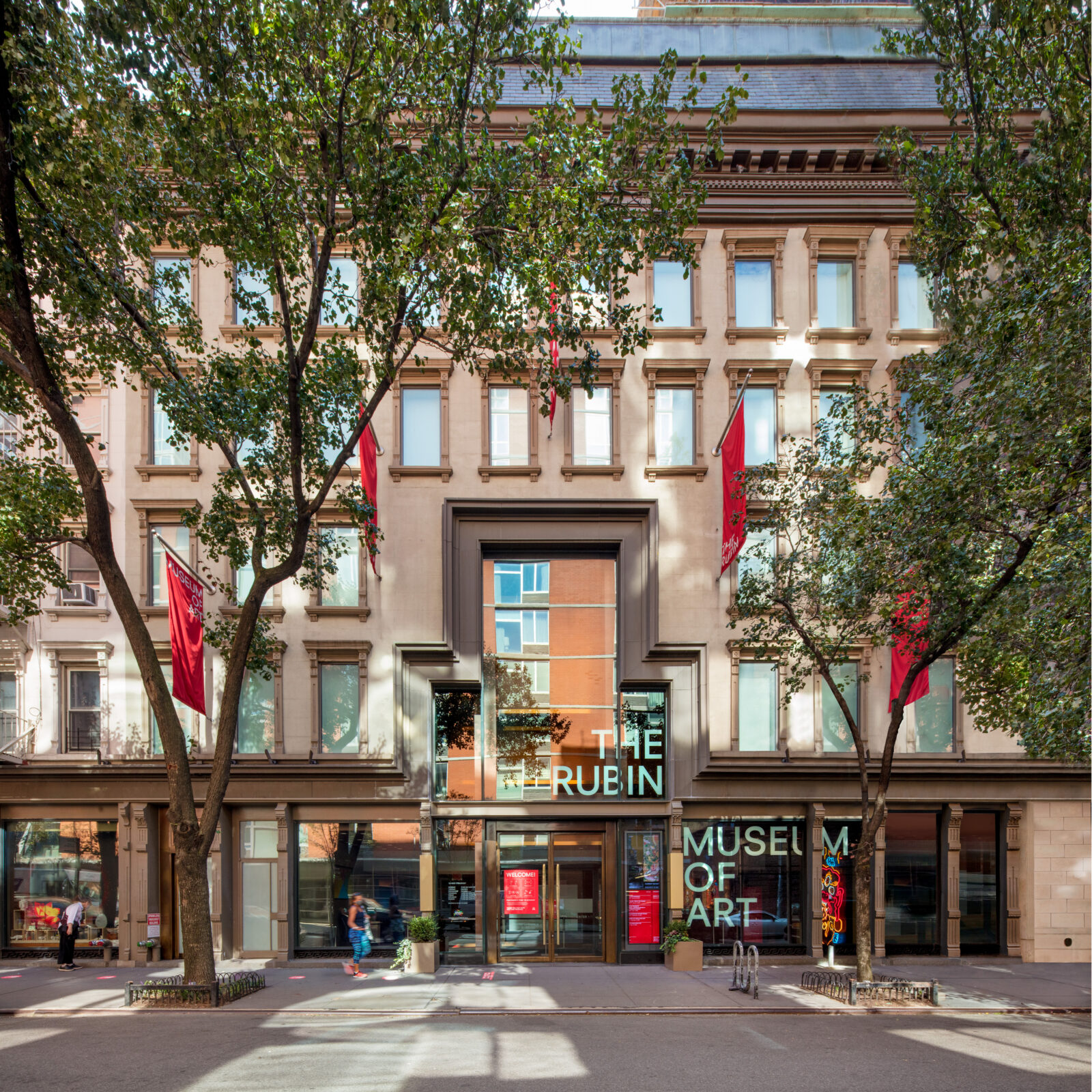
Photo by Dave De Armas

Photo by Dave De Armas
Dear Rubin Community,
As we embark on our 20th-anniversary year, I’m writing to share important news about the next phase in the Rubin’s history.
Over the last several years, we have been piloting new ways of reaching people, pursuing projects from Bilbao to Boston, from Kathmandu to London, from New York to Venice. In the digital space, we’ve launched major resources to learn about Himalayan art, and shifted some of our programs to become podcasts, reaching people in over 150 countries. We’ve been encouraged by those we’ve reached through these endeavors and the support from the individuals and institutions who share our vision to bring Himalayan art to people wherever they are.
During this phase of experimentation and reinvention, we examined how to most effectively use our collection, knowledge, creativity, networks, and financial resources in order to best serve you, the public, for the long term and with the greatest impact. After an in-depth analysis of the cultural sector and our important place in it, we have decided to fully embrace and pursue the model of being a global museum, serving the public locally, nationally, and internationally.
In light of this new direction, we will close our New York City building this fall, and become a museum without walls. This has been a difficult decision, especially given the departure of some of the staff that have made this place so exceptional. Ultimately, this decision will allow us to serve more people, digitally and in person.
We are proud of the groundbreaking exhibitions, programs, and gatherings we have held on 17th Street. Many of you have shared with us how our unique building has been a place for nourishing the mind and the heart, and even for experiences that changed your lives. Thank you for the trust you have placed in us.
The art in our galleries teaches us that change is constant and inevitable. We take inspiration from this, as we boldly let go of an old model and redefine what it means to be a museum in the 21st century. We will build on partnerships and collaborations with people from the Himalayan region, diaspora, and beyond, and make our offerings available globally, supporting research, artistic expression, and creativity. Existing Rubin programs such as the pioneering Project Himalayan Art, which provides physical and digital scholarly resources for the study of Himalayan art with an exhibition traveling nationally, and our interactive Mandala Lab, soon opening in Milan, are only the beginning. While we’re becoming a global museum, we remain rooted in New York City. The Rubin’s Social, Emotional, and Ethical Learning® curriculum, incorporated in partnership with Emory University, will serve schools and teachers in New York City and beyond through digital and in-person traveling Mandala Lab experiences, and will be expanded in the coming years.
What will NOT change is our mission: to broadly share Himalayan art, its cultural context, and the insights it provides for humanity. We will continue to care for, study, and share our collection as the foundation of our organization through an expansive loan program, and we will keep on curating, creating, and traveling Rubin projects. We also hope to find a new permanent home for our Tibetan Buddhist Shrine Room in New York City in the coming months.
We are deeply grateful to everyone who has walked through our doors since 2004 and helped the Rubin transform from a private collection into a singular public institution.
While this change means letting go of our physical space in pursuit of a new model, our mission to advance the appreciation and understanding of Himalayan art globally remains as strong as ever. Please come and visit the upcoming Reimagine: Himalayan Art Now exhibition before October 6 and we invite you to continue to be a part of our journey in the decades to come.
Sincerely,

Jorrit Britschgi
Executive Director
Get the latest news and stories from the Rubin, plus occasional information on how to support our work.